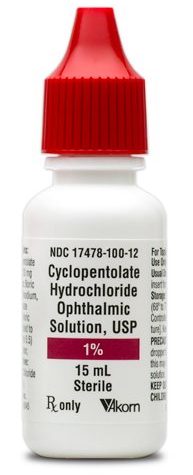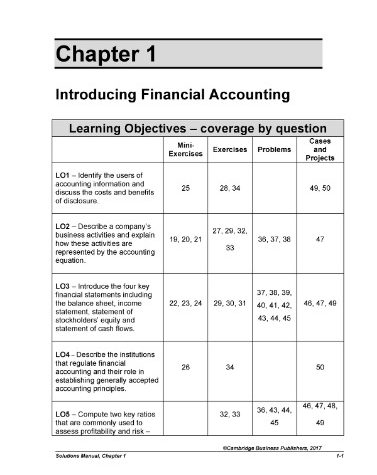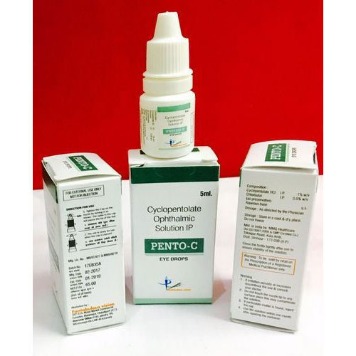The virus that causes COVID-19 has also been detected in the stool of sure folks. So we at present can not rule out the potential for the an infection being transmitted via food by an infected one who has not completely washed their arms. In the case of scorching meals, the virus would doubtless be killed by cooking. This is probably not the case with raw meals like salads or sandwiches. Other coronaviruses have been present in North American bats in the past, however there may be presently no evidence that the virus that causes COVID-19 is present in any free-living wildlife within the United States, including bats.

Should I accept packages from China?
It may be possible that a person can get COVID-19 by touching a surface or object that has the virus on it and then touching their own mouth, nose, or possibly their eyes, but this is not thought to be the main way the virus spreads.
In common, coronaviruses don’t trigger sickness or demise in bats, but we don’t but know if this new coronavirus would make North American species of bats sick. Bats are an important a part of pure ecosystems, and their populations are already declining in the United States. Bat populations might be additional threatened by the disease itself or by hurt inflicted on bats ensuing from a misconception that bats are spreading COVID-19. However, there isn’t a proof that bats within the United States are a source of the virus that causes COVID-19 for individuals. Further studies are wanted to know if and the way bats could possibly be affected by COVID-19.
Currently, there is no evidence to recommend the virus that causes COVID-19 is circulating in free-dwelling wildlife within the United States, or that wildlife could be a source of an infection for folks in the United States. The first case of a wild animal testing constructive for the virus in the United States was a tiger with a respiratory sickness at a zoo in New York City.
At this time, there is no proof that companion animals, including pets and repair animals, can spread the virus that causes COVID-19. As with any animal launched to a brand new setting, animals recently imported must be observed every day for signs of sickness. If an animal turns into unwell, the animal ought to be examined by a veterinarian.
CDC recommends you stay residence as a lot as attainable and avoid close contact, particularly if you’re at greater danger of extreme sickness. Going camping at a time when a lot of the United States is experiencing neighborhood spread of COVID-19 can pose a risk to you when you come in shut contact with others or share public facilities at campsites or along the paths.
It’s not recognized but whether or not some kids could also be at higher danger for extreme illness, for example, youngsters with underlying medical circumstances and particular healthcare needs. There is extra to find out about how the illness impacts youngsters. You can learn more about who’s most at risk for health problems if they have COVID-19 infection on Are You at Higher Risk for Severe Illness. That stated, the brand new coronavirus is a respiratory virus known to spread by higher respiratory secretions, together with airborne droplets after coughing or sneezing.
When should I seek medical attention for the coronavirus disease?
See full answer Weak chlorine solution (0.05%) can be used to disinfect hands when there is no alcohol based hand rub (ABHR) or soap. However, weak chlorine solutions are not recommended when alcohol based hand rub or soap and water are available as there is a higher risk of hand irritation and ill health effects from making and diluting chlorine solutions. Further chlorine solutions must be made daily, stored in a cool dry place with a lid away from sunlight, otherwise they have the potential to lose potency and efficacy at disinfection. Chlorine is effective as a decontamination (at 0.5%) for environmental cleaning when preceded by cleaning with soap and water.
However, this tiger was in a captive zoo surroundings ,and public health officials consider the tiger became sick after being uncovered to a zoo worker who was contaminated and spreading the virus. Imported animals will need to meetCDCandUSDAexternal icon external icon requirements for entering the United States.
The virus that causes COVID-19 isspreading from individual-to-individual. People are regarded as most contagious when they’re symptomatic (the sickest). That is why CDC recommends that these patients be isolated both within the hospital or at residence (depending on how sick they are) till they are better and no longer pose a risk of infecting others. More just lately the virus has additionally been detected in asymptomatic persons.
Person-to-particular person spread was subsequently reported exterior Hubei and in international locations exterior China, together with in the United States. Most worldwide destinations now have ongoing neighborhood spread with the virus that causes COVID-19, as does the United States. Community unfold means some individuals have been infected and it is not known how or the place they turned exposed. Learn more concerning the spread of this coronavirus that is causing COVID-19.
Call your local veterinary clinicbeforebringing the animal into the clinic and let them know that the animal was recently imported from one other nation. The symptoms of COVID-19 are similar in kids and adults. However, youngsters with confirmed COVID-19 have generally presented with gentle signs. Reported signs in kids embrace chilly-like symptoms, such as fever, runny nostril, and cough. There is far more to be discovered about how the disease impacts children.










More Stories
Cyclopentolate Ophthalmic
Which Of The Following Is An Indication That A Product Price System Is Not Working Correctly?
Change Your Subscription From Apple